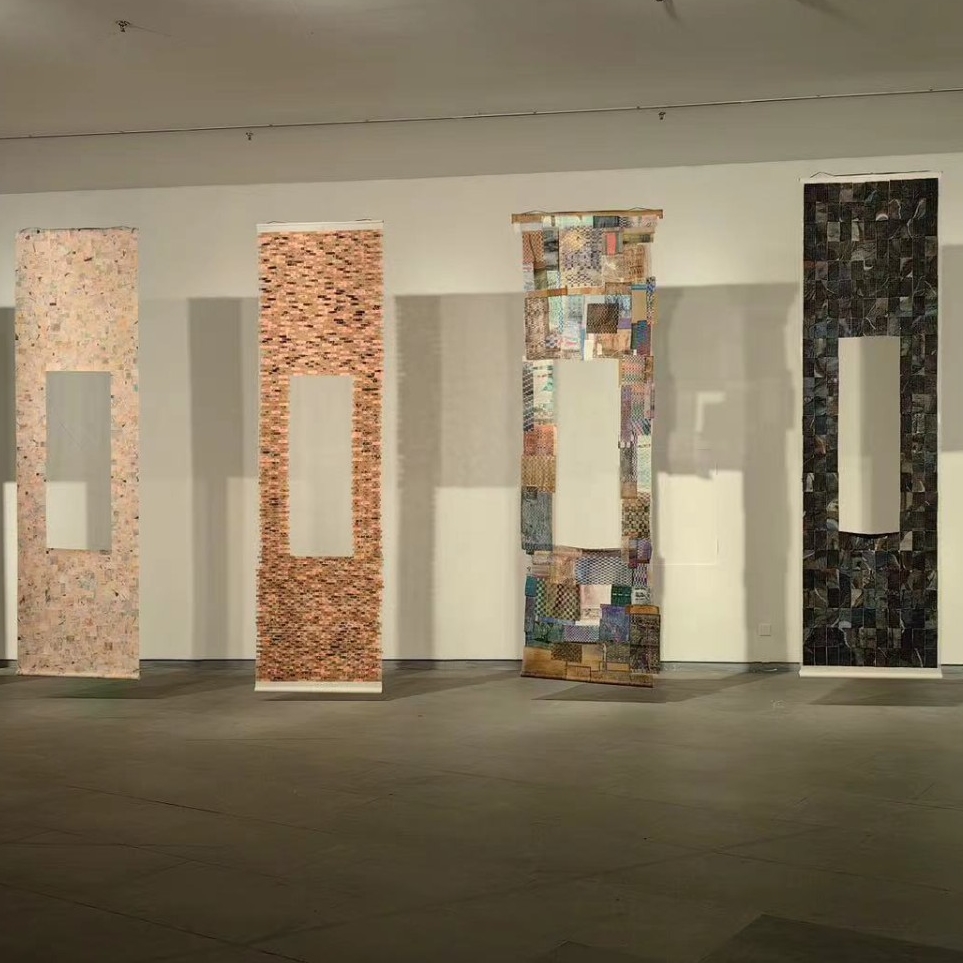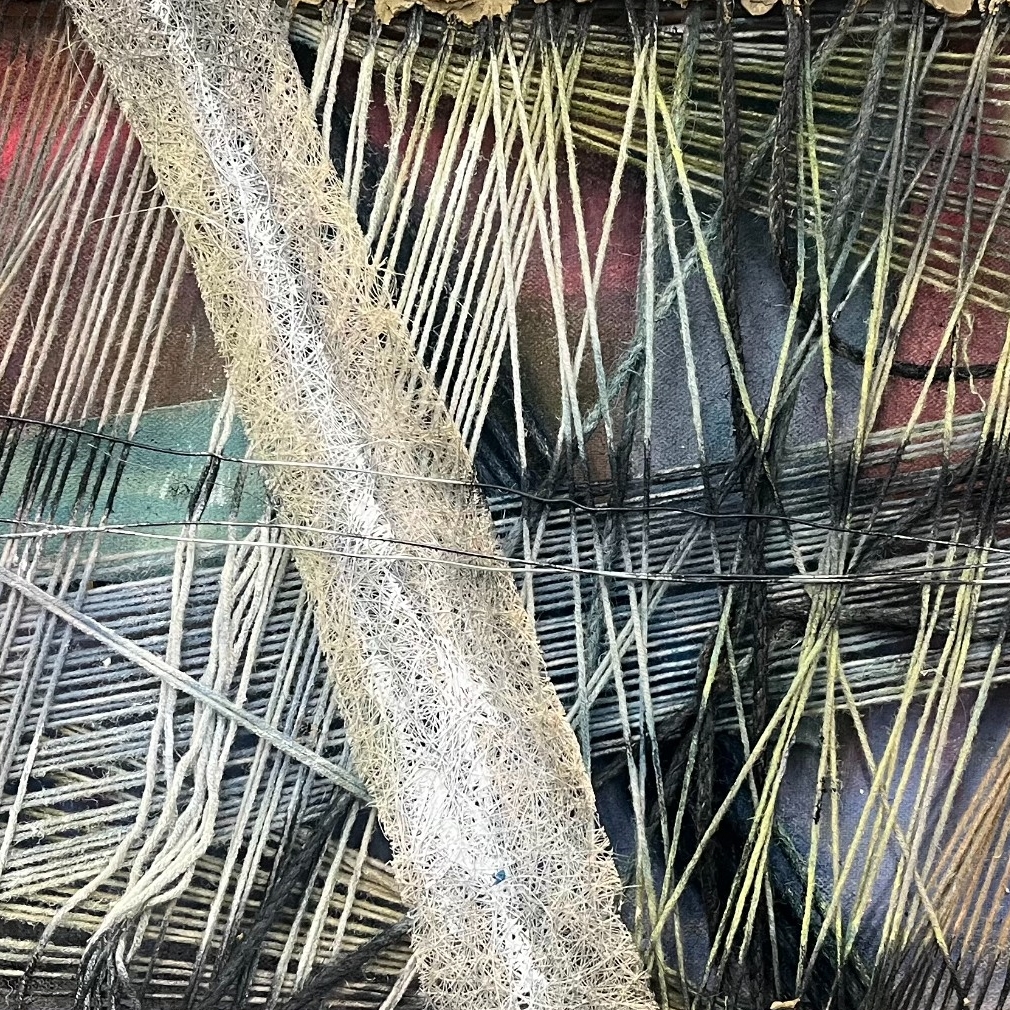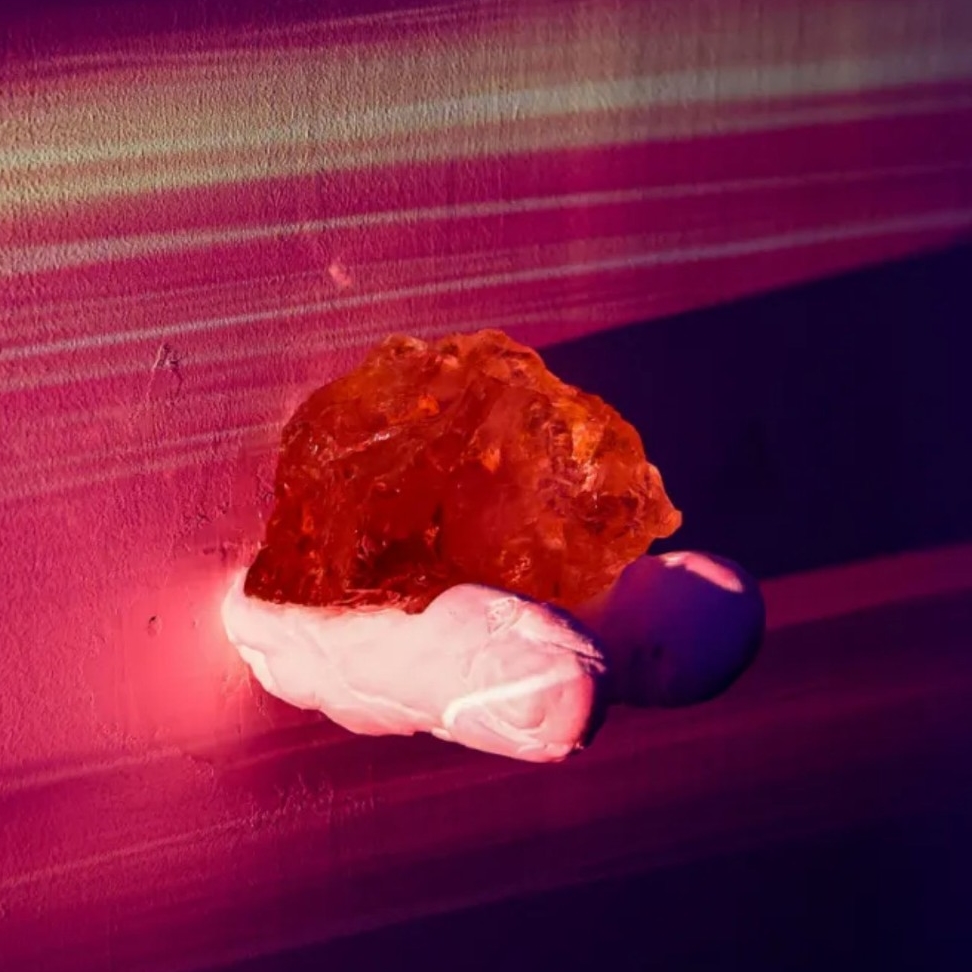 Exterior View of Seattle Art Museum
Exterior View of Seattle Art Museum
Seattle Art Museum presents Alberto Giacometti: Toward the Ultimate Figure featuring the iconic explorations of the human form by the modern artist, focusing on his visionary achievements during the postwar years including sculpture, painting, and drawing. The exhibition is co-organized by the Fondation Giacometti in Paris; SAM is the second and only West Coast stop on its North American tour. It is the artist’s first exhibition in Seattle.
Alberto Giacometti (1901–1966) is an internationally celebrated sculptor whose delicate figures speak to the search for humanness and humility following the trauma and destruction of World War II. Toward the Ultimate Figure features over 60 portrait busts and statuettes in both bronze and plaster that vary widely in scale—from miniatures to commanding figures that are eight feet tall—as well as drawings and early paintings. Also on view are photographs of the artist and his famed studio by photographers including Richard Avedon, Henri Cartier-Bresson, Robert Doisneau, Gordon Parks, and Irving Penn.
Catharina Manchanda, Jon & Mary Shirley Curator of Modern & Contemporary Art, is the SAM curator for the show’s presentation in Seattle; it was co-curated by Serena Bucalo-Mussely of the Fondation Giacometti. “Giacometti’s work became a beacon of stubborn and quiet hope against the irrational and devastating turmoil that defined his generation,” says Manchanda. “I see a renewed contemporary relevance to his work as we recognize our fragility following two years of a global pandemic years and a new war in Eastern Europe.”
Toward the Ultimate Figure is organized in broad thematic sections, revealing how the artist came to find new ways of imagining the human figure in space.

Alberto Giacometti, Swiss, 1901–1966, The Mountain Road, ca. 1919. Watercolor and pencil on paper, 22 × 29 cm. Fondation Giacometti, © Succession Alberto Giacometti / ADAGP, Paris, 2022.
Early Years in Switzerland and Paris
In the first gallery, visitors are introduced to Giacometti’s early artistic development. On view are paintings and watercolors of the mountainous landscape of his native Stampa in Switzerland, where his father was a celebrated postimpressionist painter. Forms such as a mass of rock or cluster of trees, and the figure within the landscape were themes to which Giacometti would return in the 1950s and 1960s.
Giacometti moved to Paris in 1922 and spent most of his career there, becoming a vital part of the city’s avant-garde scene and keeping his small Montparnasse studio his entire life. Beginning in the 1920s, he began a study of African and ancient art; an alcove between the first and second galleries features two “proto-Surrealist” sculptures in dialogue with two African and one Cycladic figures from SAM’s collection.

TALL WOMAN IV, 1960–61, ALBERTO GIACOMETTI.
The Importance of the Human Figure
Visitors then enter a large gallery that captures the spirit of Giacometti’s studio. A range of sculptures from the late 1940s and 1950s show his unique approaches to the human bust and figure and how he played with scale, form, texture, and the relationship between the figure and pedestal. From a distance, Giacometti’s full-length figures appear like fragile silhouettes but in close proximity they are highly textured.
Capturing the spark of the human gaze that animates a face was a key concern. He significantly went against the moment’s interest in abstraction to reassert the importance of human representation. His reaction to the recent collective experience of war and trauma was to reclaim the human figure and a common humanity that eclipses nationalist borders and ideologies. His vision of the figure contrasted starkly with the idealized, muscular bodies championed by totalitarian regimes and embodied very different values: an acknowledgement of the individual’s complex contrasts: vulnerability, fragility, and solitude as well as resilience and strength. Always on the brink of dissolution, his figures appear paradoxically timeless.

THE NOSE, 1947–49, ALBERTO GIACOMETTI.
One section features the artist’s explorations framing his figures and heads in box-like metal frames or placing them on pedestals that are proportionally supersized that make even a small figure appear monumental. The Nose (1947-49) is an iconic example, in which a head is suspended within a metal frame with a Pinocchio-like nose projecting grotesquely past the boundaries of the structure. On view in another section are figures in relation to landscapes, in which busts have the heavy, textured appearance of a mountain-like form or delicate figures stand in a group like a dense forest.
The Process of Creation
Giacometti worked in his cramped, material-strewn Montparnasse studio for over 40 years, until his death in 1966. Giacometti mostly formed his sculptures first in clay or plaster, casting many works in bronze. His crowded studio, covered in plaster dust, became a place where writers and photographers came calling. Giacometti sketched and sculpted the heads of many of his visitors; in turn, he and his studio were increasingly singled out by well-known photographers, especially as he became more widely celebrated in the 1950s and 1960s. Portraits range from candid action shots of the artist at work to carefully staged images by noted photographers such as Richard Avedon, Henri Cartier-Bresson, Robert Doisneau, Gordon Parks, and Irving Penn. The exhibition also features a projected video interview of the artist working in his studio.
Personal and Artistic Collaborations
From the beginning of his artistic life, Giacometti preferred to work with those closest to him as models, especially his brother Diego and his wife Annette. Sitting for him required long hours of concentration, and both his brother and wife also assisted with various aspects of managing his studio and career. For Giacometti, working with consistent models allowed him to better pursue his vision, unveiling the stranger beneath the familiar.
Giacometti was friends with many writers, poets, artists, and thinkers throughout his life and key encounters are traced in a literary timeline within the exhibition. Initially, his work was inspired by, and inspiring to, the thriving Surrealist movement of 1920s-1930s Paris; after he moved away from Surrealist explorations to his own vision of human representation, he connected with existentialist thinkers including the playwright Samuel Beckett and philosophers Jean-Paul Sartre and Simone de Beauvoir. Sartre wrote an influential essay on Giacometti’s work, and Giacometti (with Beckett’s participation) created a sculpture of a tree for the 1961 performance of Samuel Beckett’s Waiting for Godot. The exhibition includes a video on monitor of Beckett’s Quad I & II, a choreographed piece for four performers made for television that is purely visual and uses repetitive arabesque movement reminiscent of Giacometti’s sculpture Three Men Walking. A small bust of de Beauvoir is on view in a small alcove, along with select publications of existentialist works by those from Giacometti’s milieu.

THE DOG, 1951, ALBERTO GIACOMETTI.
In Search of the Absolute
The final gallery is imagined as an open plaza, inspired by a never-realized commission Giacometti attempted over the course of two years for the Chase Manhattan Plaza in New York. It features two monumental figures–Walking Man (1960) and Tall Woman (1960-61)–along with the sculpture The Dog (1951). Several drawings provide additional context, and a maquette shows the arrangement he initially envisioned but abandoned as a public installation. Some of these large-scale sculptures envisioned for the plaza became some of his most celebrated works, but Giacometti himself was never satisfied in his search toward the ultimate figure.
About the exhibition
Dates: July 14 – October 9, 2022
Venue: Seattle Art Museum
Courtesy Seattle Art Museum.




























